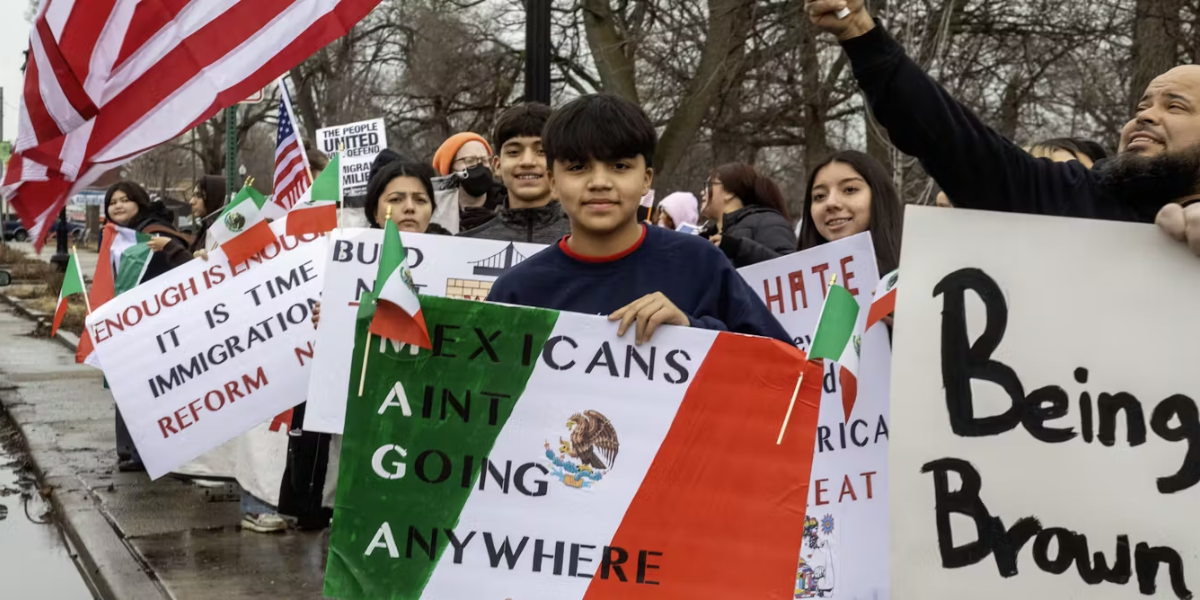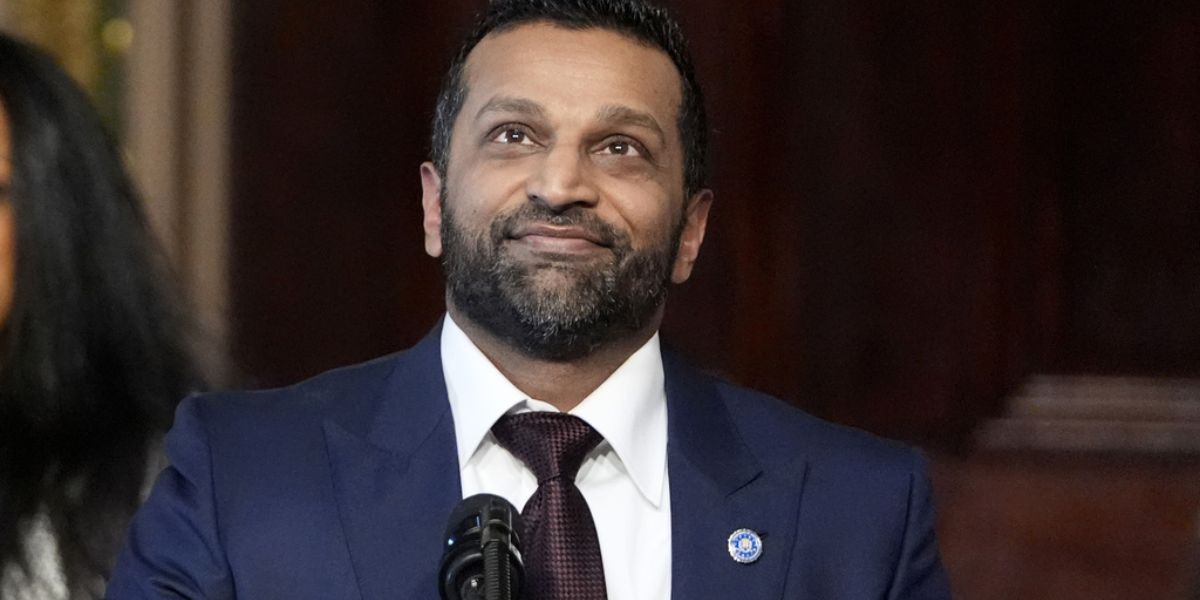For the second year in a row, more people moved to Detroit in 2024. This is an amazing return for the Motor City after decades of losing people.
How do you explain the change? Detroit’s attempts to bring in and settle newcomers may be one reason.
Even though the country’s attitude toward newcomers has changed dramatically, these attempts are still going on. This includes orders from Trump’s second administration that went after immigrant communities, foreign students and the schools where they study, and cities where immigrants live.
We study urban planning and how to help newcomers fit in. Local leaders in towns across the U.S. are working hard to bring immigrants in and help them become part of the community, usually for economic reasons, even though the federal government has changed its policies.
New books we’ve written about immigrant community involvement and integration show how and why cities change as their economies and populations do.
In the early 1900s, a lot of people moved to Detroit and other cities that used to be immigration hubs, like Buffalo, New York; Cleveland, Ohio; Milwaukee, Wisconsin; Pittsburgh, Pennsylvania; and St. Louis, Missouri. After these population booms, there was a time when fewer people came to the country.
Now, these towns are using branding strategies to create identities that are open to everyone in order to attract and keep immigrants. It might seem odd for a city to brand itself, but local governments often work with private nonprofits to control and shape the image of their place. They are trying to give the city a unique and appealing character that will set it apart from other cities in the same field and bring in new businesses, residents, and tourists.
These three things make Detroit and other cities want to accept newcomers:
1. Promoting economic growth and hiring the best people
Research has shown that immigration is good for the business.
Leaders in Detroit know that immigrant groups play a big role in making the global economy work. This is why the city’s industrial sector and job market are doing so well. In addition, they know that the growth of these groups is good for the economy.
There are more immigrants who own their own companies than there are people who are not immigrants. Global Detroit and other groups like it support entrepreneurs with programs like the Global Talent Retention Initiative, the Global Talent Accelerator, and the Global Entrepreneur in Residence. These groups also help small businesses by giving them tools.
There are also jobs that need to be filled by immigrants, in both high-tech fields like engineering and study and low-tech fields like food service and construction.
Through schooling, English as a second language programs, economic empowerment, and community resources, the City of Detroit Office of Immigrant Affairs works to boost the economy and help immigrants become part of the community.
Immigrants are coming to the city because of these attempts.
Tourists are also affected by this effect on the economy. How people think about the area is shaped by its marketing campaigns that promote diversity. The Detroit Metro Convention & Visitors Bureau promotes the unique things that people can do in the city’s many neighborhoods.
2. Making communities and regions more resilient
Regional resilience is the ability of an area to deal with and recover from problems like natural disasters and changes in the economy. Cities like Detroit that are still trying to get back on their feet after losing their factories know how important this is.
Research shows that immigration makes regions stronger. Immigrants to Detroit have helped stabilize the population and increase local tax bases. They have also helped local economies and strengthened the work force by making up for the loss of native-born residents.
Based on our analysis of U.S. Census Bureau statistics, the metro area of Detroit, Warren, and Dearborn grew by 1.2%, from 4,291,843 people in 2010 to 4,342,304 people in 2023.
The number of native-born people living in the Detroit metro area dropped by 58,693 over the course of 13 years, while the number of foreign-born people living there rose by 109,154. India, Iraq, Mexico, Yemen, and Lebanon are the top five countries from which people move to the city area.
From 2023 to 2024, 40,347 immigrants moved into the metro area and 11,626 native-born people left, adding 28,721 to the population.
Cities and towns around Detroit that have tried to make it easier for immigrants to live there have helped the immigrant population grow, which has balanced out the total population decline.
3. promoting social harmony and more active participation in government
Inclusion and a strong civil society are at the heart of place brands that work. In places like Dearborn and Hamtramck, Detroit’s rich tapestry of cultures makes for a lively regional character.
Global Detroit’s Welcoming Michigan and other groups work with local groups to promote mutual respect and make sure that immigrants can fully join in their communities’ social, civic, and economic life.
Global Detroit’s Social Cohesion Initiative, Common Bond, and Opportunity Neighborhoods are a few examples. People from different countries in the neighborhood can share their cultures, support each other’s small businesses, and get to know each other better through these programs. These kinds of programs make the area more fair and more appealing as a place to live where everyone is welcome.
Making a way to move forward
The city of Detroit has learned that one way to deal with its economic, political, and cultural problems is to welcome newcomers and include them in city life.
This is not the only approach that is being used. Baltimore, Boise, Idaho, Charlotte, North Carolina, Dallas, Dayton, Ohio, Louisville, Kentucky, New Orleans, Pittsburgh, Roanoke, Virginia, and Salt Lake City are some of the other places using similar strategies.
Some towns choose not to use these kinds of strategies, but the ones that do show that the area is ready for a more globalized future.


 by
by 

